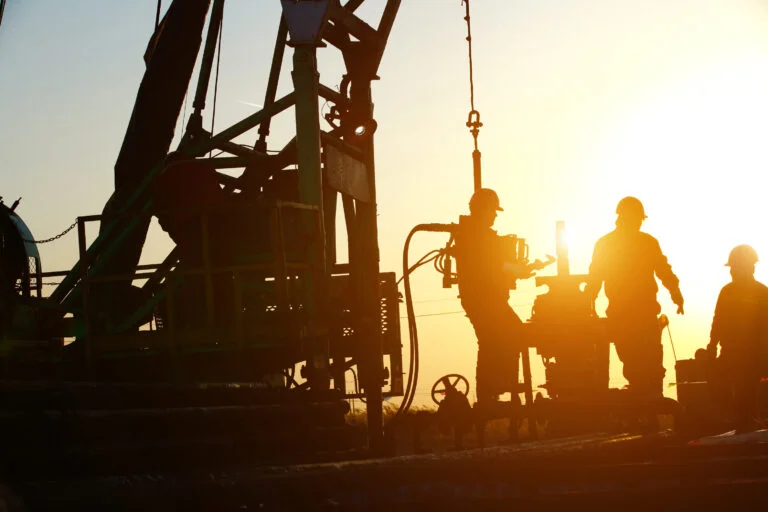
NON-SPARKING TOOLS IN WELL OPERATIONS – OISD-GDN-193 / OISD-GDN-182

India’s Oil & Gas import is at its highest levels and is expected to grow at an alarming rate as our need for energy increases over the next few decades. The growing energy demand will increase our need to import crude oil & gas making matters worse. The Indian Government has hence tasked upstream companies such as ONGC and Oil India Ltd to use advanced technologies to locate oil & gas fields and get the most output from existing ones. This means a greater role for upstream companies to reduce India’s import bill. Safe operations in existing wells continue to be the focus at these companies.

OISD has developed 2 guidelines: OISD-GDN-193 & OISD-GDN-182 and we review these 2 guidelines from the perspective of non-sparking tools.
Workover operations carried out on wells during the life of a well and also for the abandonment of well require many safety considerations. For confined spaces section 5.2.10. viii states the following:
Only non-sparking tools and flameproof hand lamps protected with guard and safety torches should be used inside such confined space or area for an initial inspection, cleaning, or other work required to be done for making the area safe
Further for Well Stimulation, the same OISD guideline states the following in section 6.2.xvii:
Brass hammer shall be used whenever there is a possibility of an explosive or flammable environment.
Hammers and other handling tools made of Brass should only be used for undertaking any mechanical work involved on the injection gas lines.
The specification is only partially correct as the technical requirement is for non-sparking tools. Brass has mechanical properties that make it unsuitable for use as a hand tool even though it is non-sparking. Further Bureau of Indian Standards has formulated the IS4595 standard for non-sparking property. This has been done to ensure that non-sparking property has been tested and certified.
‘Brass’ has traditionally been used as a misnomer for non-sparking tools in India. But for the Indian Industry this can have grave consequences. Non-sparking property of tools is of course very important for safety. But equally important is to ensure that the tools perform for their intended applications. If the tool were to break or slip during a critical activity it can have 2 unintended consequences:
- It can cause injury to the operator
- The operator would resort to using a steel tool making the operation unsafe and in violation of the prescribed procedure

As is obvious either scenario is highly undesired. Hence it is vital that the OISD guideline replace the word brass with non-sparking. While we have written to the OISD committee to amend their guideline we urge you do not associate brass with non-sparking and instead, focus on procuring tools that conform to IS4595 and are robust for the job at hand